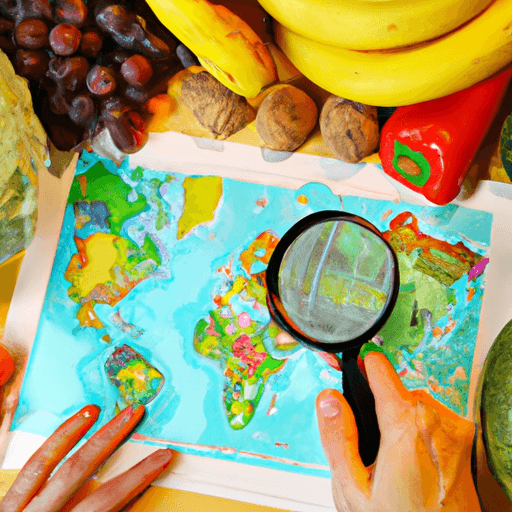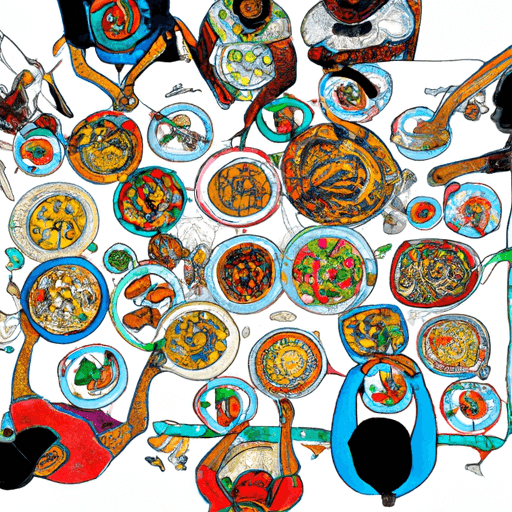The Influence and Effects of Overtourism on Historical and Natural Sites Around the World
In the modern era, travel and tourism have become one of the world's largest economic sectors, contributing to the Gross Domestic Product (GDP) of many countries. However, the growing number of tourists is impacting historical and natural sites around the world, leading to various concerns such as environmental degradation, endangerment of animal species, and the destruction of historical artifacts. This phenomenon is known as 'overtourism'.
Effects of Overtourism
Mount Everest is a prime example of the negative impact of overtourism. Here, the increasing number of climbers has led to degradation of the environment and even deaths due to overcrowding. Similarly, tourism in Costa Rica has played a role in disturbing their diverse wildlife ecosystems. Historical artifacts are also at risk. For instance, the ancient city of Machu Picchu in Peru is facing structural risks due to the excessive footfall of visitors.
Stakeholders and Their Roles
Overtourism involves multiple stakeholders including governments, tourist agencies, local inhabitants, and the tourists themselves. Governments need to implement regulations and guidelines to preserve these sites. Tourist agencies should promote responsible tourism, while local inhabitants must engage in sustainable practices and raise awareness regarding preservation. Lastly, tourists themselves should respect local customs and follow regulations.
Measures to Control Overtourism
Various measures have been taken to control overtourism. For instance, the government of Peru has restricted visitor access to Machu Picchu. Similarly, the New Zealand government has introduced a tourist tax to control the flow of tourists. The effectiveness of these measures, however, needs further examination.
The Pros and Cons of Overtourism
Though overtourism primarily has negative impacts, it is not devoid of positives. It boosts local economies, provides jobs, and fosters cultural exchange. However, these benefits are outweighed by the negative impacts such as environmental degradation, disturbance in local life, and adverse effects on cultural heritage.
Sustainable Solutions
Addressing overtourism sustainably involves a balance between tourism development and preservation. This could involve promoting off-season travel, capping the number of visitors, implementing green tourism practices, and raising public awareness about sustainable tourism. For instance, Amsterdam's 'Enjoy and Respect' campaign sends a strong message about responsible tourism.
Ultimately, managing overtourism is a collective responsibility. Balancing the economic benefits of tourism with the preservation and conservation of natural and historical sites can ensure that these global treasures are left intact for future generations.

















Comments
Leave a Comment